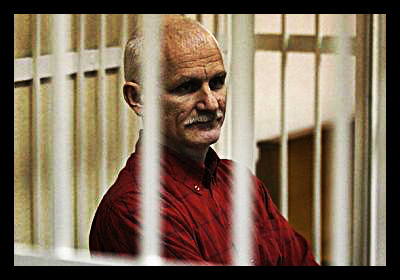
A history of deep-seated poverty and vulnerability lies within the urban city of Pune, India. It is estimated that 40 percent of the population lives in slum dwellings—and this number is projected to increase in the future. Because of the rise in population and scarce affordable housing, slums endure and contribute to the persistent poverty in Pune.
Pune is considered to be the third city in India with the largest number of slums. These dwellings fail to provide basic human needs: access to clean water, proper sanitation and infrastructure and quality housing. Tenants also struggle with overcrowding and secure residential status.
Without these basic needs, communities are unlikely to thrive. For instance, proper sanitation majorly contributes to health and the success of future generations. In 2012, it was estimated that over 100,000 people did not have a toilet within walking distance. This issue not only challenges health, but also safety.
“Many toilets are not safe or useable: they are used as meeting places by criminals, do not have adequate water, or do not have electricity,” reports InfoChange, an online source for social justice and development in India.
While these factors determine safety, they also challenge health, especially for children. Lack of proper sanitation is detrimental to a child’s health, and causes diarrhea, cholera and typhoid. In India, roughly 1,600 children under the age of five die every day from these illnesses.
But what about access to health facilities? The story is the same. Often times, there is no access to a public health facility, or the wait time is too long, creating a perception of poor service in public health.
A woman who was interviewed by InfoChange states, “When we tell staff in government hospitals to cater to us promptly, they say: ‘This is a government hospital…not private. If you have money why don’t you go to a private hospital?’” Perceptions like these force communities to seek out private institutions, which can be expensive.
Private education is also expensive, which represents almost half of children’s education in Pune. In 2008, it was determined that 44 percent of school-going children were going to private-aided institutions, and only 26 percent were going to public schools. The main reason for this, again, is that there are not enough public offerings in slum areas.
While these statistics present a multi-layered issue of poverty in Pune, there is a much larger disconnect. The disconnect is between slum communities and people in position of power. For instance, slum households face broken toilets, clogged drains and flooding; however, there is little action taken to fix these problems. Overall, administrations have created a pattern of inaction (sometimes linked to class prejudice), which has spawned distrust from locals.
How can efforts, then, be redirected for poverty in Pune? People are seeking out NGOs to fix the problem.
Sunil Bhatia, a professor of human development at Connecticut College, is currently contributing to this idea. Recently receiving the American Psychological Association’s 2015 International Humanitarian Award, he states, “Poverty is the result of social and economic inequality, so we need to address this challenge globally, via effective policies and mobilizing the people affected by it.”
– Briana Galbraith
Sources: Connecticut College, InfoChange, The Times of India
Photo: Flickr





 Leading Belarus
Leading Belarus 


